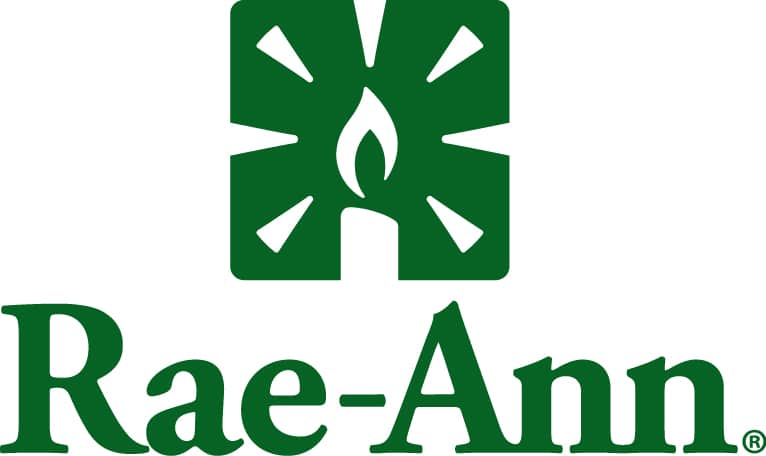Inflation. Labor shortages. Supply chain delays. Manufacturers have had a lot on their plates in the past couple of years. Across the board, the result has been increasing prices. But raising prices without factoring in market-based considerations might not be enough.
What is production-based pricing?
Direct production costs are a logical starting point for pricing new and existing products. For example, suppose Manufacturer A spends $4 in raw materials and $6 in labor to manufacture a widget. The owner adds up these costs ($10) and applies a 10% markup to arrive at the selling price of $11 for each widget. The problem is that markups are often based on historic performance or gut instinct.
What happens when Manufacturer B sells its widgets for $10? This often happens to smaller manufacturers that compete with larger companies that can negotiate lower supply costs or companies located in areas with lower labor rates. Unless Manufacturer A can provide a compelling reason for customers to pay a premium, such as superior quality or more responsive customer service, its market share will likely diminish — and overhead costs will eventually consume profits.
Conversely, what if the $11 price point is significantly below competitors’ prices? Below-market pricing may cause demand to skyrocket — and the factory might not be able to produce enough widgets to keep up with demand. As a result, quality may suffer, or customers may become frustrated by production delays.
When demand outpaces production capacity, cash flow shortages also may occur because of lags in the cash conversion cycle. That is, Manufacturer A will need to front production costs (cash outflows), but it will take a while to bill and collect payments from its customers (cash inflows). A slight price increase can help reduce demand and the pressure it’s putting on plant workers.
Are you conducting market research?
To be a market leader, you’ll need to factor more than direct costs into your pricing strategies. This means conducting market research, which improves the accuracy of your sales forecasts. For example, salespeople can informally survey customers about which features they value most, how the company can improve the customer experience, and how much customers would be willing to pay for new products or improvements to existing products. To entice customers to participate in these surveys, consider offering free trials of new products or discounts on future orders.
It’s also important to research competitors. Pay attention to the products they offer, the prices they charge, and how they position their products in the marketplace.
Any research aimed at competitors must be ethical and legal, however. For example, you shouldn’t hire a competitor’s R&D director and solicit proprietary information. But you can legitimately visit a competitor’s website and review copies of print marketing materials that are available to the general public.
Market research can help you position your company’s offerings relative to those of competitors — and determine whether future sales volume will be similar to past performance. Forecasts are often based on historical sales volume. But changes in market conditions, such as the introduction of a new competitor, changes in technology, and evolving customer needs, may require adjustments to what worked in the past.
Have you allocated overhead costs?
You’ll need to forecast and allocate overhead costs to products to help make better-informed pricing decisions. As with sales, future overhead costs may not mirror what you’ve paid in the past — especially in today’s inflationary, labor-constrained marketplace.
Materials and labor costs are just a few of the expenses manufacturers incur. Overhead items may be variable (such as sales commissions, packaging, and shipping costs) or fixed (such as depreciation on equipment, managerial salaries, and rent). As a company grows, it may need to obtain a larger factory or additional salespeople, leading to incremental fixed costs.
Determine the right pricing strategy
Today’s market demands product pricing based on more than just direct production costs, even if adjusted for spikes in the costs of raw materials or labor. Contact us to review and implement pricing models based on personalized market research and comprehensive costs.
© 2022
Related Insights
Featured Post

Featured Client Testimonials
BW is a true partner to us. Their knowledge, expertise, and service are a valuable resource to us and play an important role in our success!
John Allen - Vice President of Finance, Kaufman Container

Featured Client Testimonials
I appreciate the exceptional tax advice we received over the years. The (BW team) has a good grasp of our business needs. Thank you for your excellent service.
John Griffiths - Owner, Rae Ann, Inc.

Featured Client Testimonials
The BW team has been fantastic to work with; both the team member at our office as well as at the partner level. Any issues or concerns are handled very efficiently and effectively.
Kelley Needham - Chief Executive Officer, Epilepsy Association

Featured Client Testimonials
Barnes Wendling has been our company accountants for over seven years. Their knowledge has been instrumental in helping us grow strategically during this time. And although we’ve seen many changes in our economy that we cannot control, we’ve always been able to trust the Barnes team to be by our side. The Barnes team feels like family. We can’t thank them enough for their support!
Christine Kloss - Controller, AT&F

Featured Client Testimonials
Barnes Wendling has been our company accountants for over 15 years. During this time, the business has grown exceptionally, and Barnes has kept pace, providing accurate, quality advice. Our finances are more efficient than ever, and the expense of hiring Barnes has been a definite positive add to our bottom line. I give my highest recommendation to their firm.
David Miller, MD - President, Retina Associates of Cleveland

Featured Client Testimonials
Barnes Wendling has provided us guidance and recommendations that have strategically helped strengthen our business and position ourselves for growth. We needed to hire a new VP of Finance and Controller this past year, and they were instrumental in helping us find the best candidates for our company.
Sara Blankenship - President, Kaufman Container

Featured Client Testimonials
We value the trust, accuracy of information, and reliability of Barnes Wendling and Mike Essenmacher personally. Mike has been instrumental as a trusted advisor on accounting, tax, and personnel issues. His advice is always accurate, and he is very reliable. His associates are also very talented.
Dominic Ozanne - President and CEO, Ozanne Construction Company

Featured Client Testimonials
We value Barnes Wendling’s expertise with all things accounting so we can operate our business using our strengths and allowing them to be our experts. They have also brought me a few business sale opportunities to allow me to grow my assets.
John Gaydosh - President and Metallurgical Engineer, Ohio Metallurgical Service

Featured Client Testimonials
Barnes Wendling (especially Lena) did a great job with our financials. Everything. It is extremely refreshing and comforting to know that all of our numbers are not only correct, but they are in the right place(s). Your diligence and reporting truly does make me (personally) feel better.
Thomas Adomaitis - Controller, Bialosky Cleveland

Featured Client Testimonials
I can wholeheartedly tell you that I have yet to work with an audit or tax team that have been more helpful, easy to work with, and committed than the team at Barnes Wendling- I have been through three different firms in the last few years.
Michelle Saylor, Former Controller, Aero Mag

Featured Client Testimonials
Floyd Trouten at Barnes Wendling CPAs is an “expert’s expert” when it comes to M & A accounting. Not only does he understand the evolving details of the Tax Code but he also sees the fine points of their application for owners, managers, investors, and financiers.
Mark A. Filippell, Western Reserve Partners

Featured Client Testimonials
The service is amazing at Barnes Wendling CPAs. The benefit is worth more than the cost. Sometimes it’s true that you get what you pay for.
Mark Boucher - Former Owner, Castle Heating & Air









